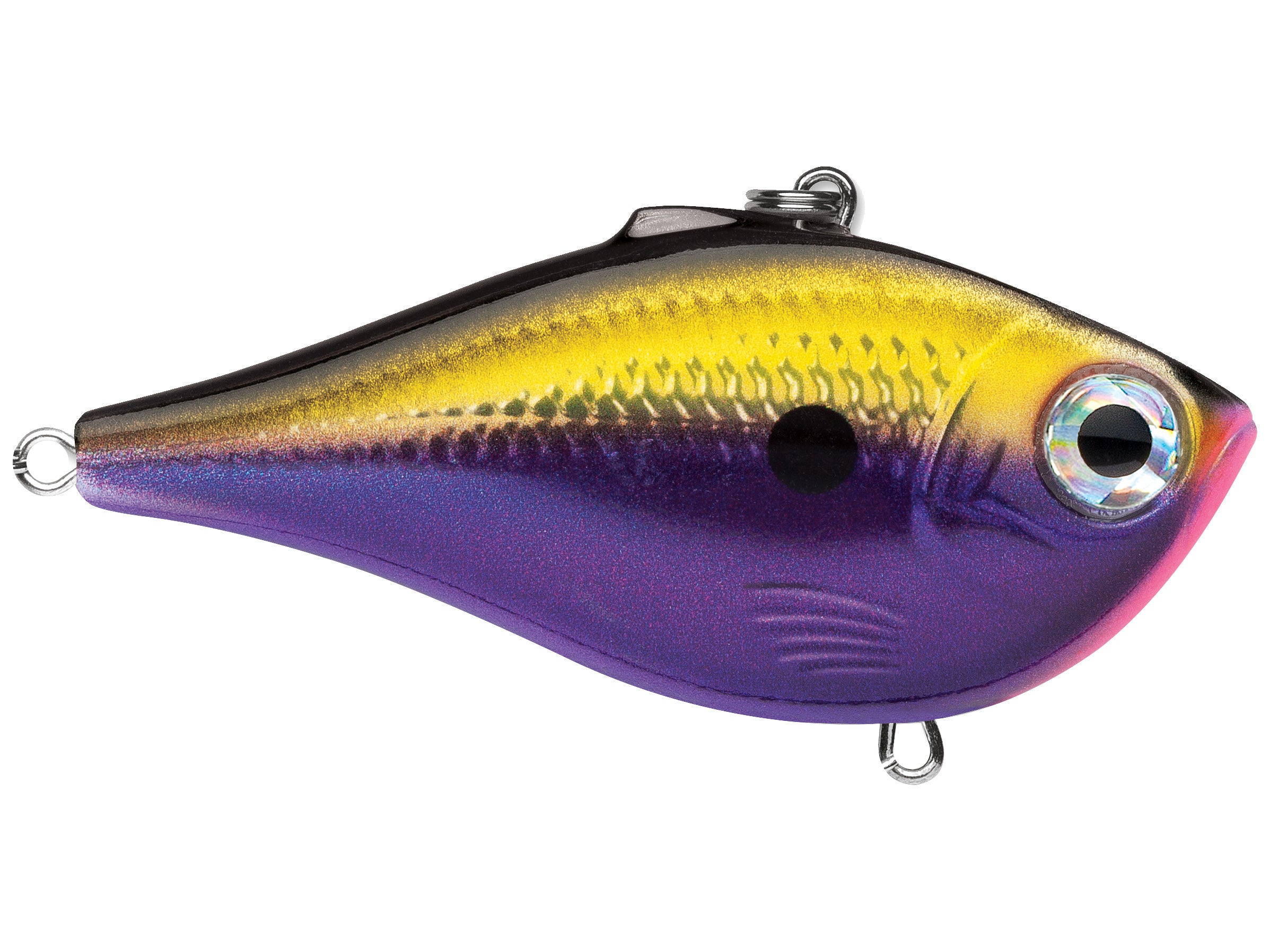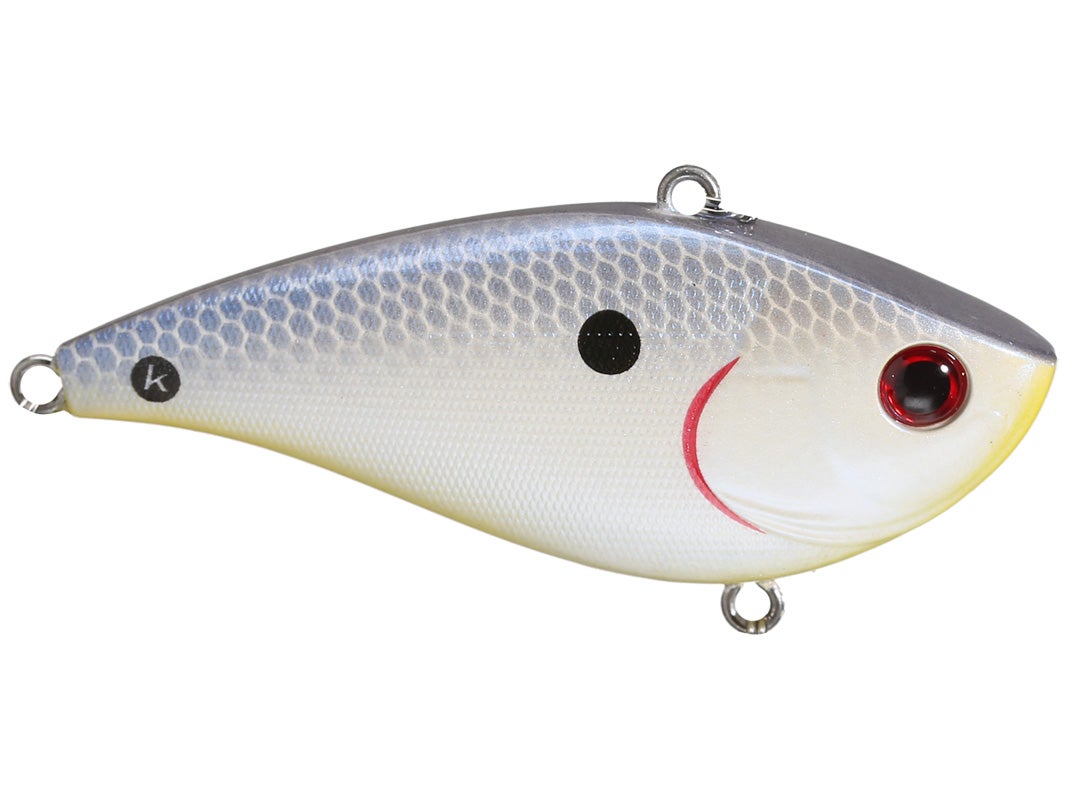

The only other consideration for size is when baitfish are very small which forces him to choose the smaller bait as well. However, if he is fishing water that has sparse grass, or is not ultra shallow he goes with the XR50.

In super shallow water, or if he is faced with heavy grass growth in his area, Scroggins chooses to throw the smaller XR25. He makes the size distinction based on the depth of water, and the density of the grass he is faced with.

However, as the bass begin to position themselves tighter towards the actual spawning areas, Scroggins turns to the smaller 1/4-ounce XR25and 5/8-ounce XR50 lipless crankbaits. Mainly because he said that he would be fishing nearer the outside edges of the flats, but also because it appeals to the need for a bigger meal. In the earlier prespawn, Scroggins typically chooses the 3/4-ounce XR75 lipless crankbaits. The Florida pro said he chooses the lure based on the depth of the water and the cover he is targeting. Scroggins believes the lures are effective in very shallow water to the deeper outside edges of spawning flats in the spring time. winner is a fan of not only the speed of the lipless cranks, but also in its versatility for producing quality bites in a variety of settings. “Whether I’m in super shallow water or on the outside of grass flats a lipless crankbait will produce in many different ways.” “There’s no faster way to catch prespawn bass than throwing a lipless crankbait,” said Scroggins. However aggressive they may be, the biggest bass tend to be the shyest, so they may not be up in the shallows completely though not too far away.įor a tournament angler, finding these females quickly is the hope and getting as many of them possible in the boat is the ultimate goal.įor Toyota Tundra Fishing Team member Terry “Big Show” Scroggins of Palatka, Fla., the best way to quickly locate and catch the big spawning bass needed to win on the Bassmaster Elite Series is a lipless crankbait. This is the time of the year when big females have spawning on their mind, and their preparation for the event of laying their eggs includes feeding voraciously to bulk up for the laborious process ahead. While the smaller males are the first to really show up in the shallows the bigger females are not too far behind.

It’s late spring in much of the country and bass are moving up onto the flats in preparation for the spawn.


 0 kommentar(er)
0 kommentar(er)
